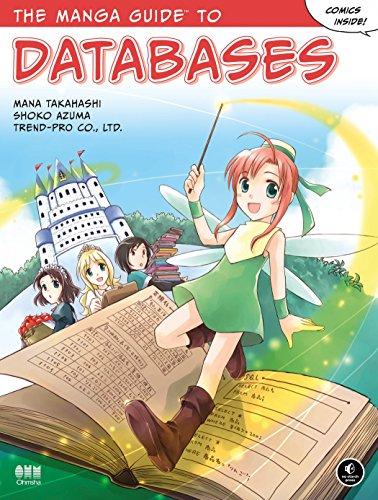Answered step by step
Verified Expert Solution
Question
1 Approved Answer
For each of the Implementation Practice lab components, read their specifications carefully. Then, for each of the operations below, match it to the expected behaviour.
For each of the Implementation Practice lab components, read their specifications carefully. Then, for each of the operations below, match it to the expected behaviour. If the expected behaviour is an exception, choose the appropriate exception. If the operation is "void" select what the strand would be after the operation.
Note that if you see an ACGU this represents an arbitrary RNAStrand. If you see ACGT this represents an arbitrary DNAStrand.
AAG addC returns
BGCAreverse updates "this" NAStrand to
CAGaddc returns
DCGAreverse updates "this NAStrand to
ECGArever updates "this" NAStrands to
FACspliceGU updates "this" NAStrand to
GACGUspliceACGT updates "this" NAStrand to
HACGUisPairAU returns
IAGaddX returns
JGACreverse updates "this" NAStrand to
KAGaddc returns
Lsplice updates "this" NAStrand to
MACGUisPairGC returns
A
C
G
empty Strand
IndexOutOfBoundsException
IllegalArgumentException
ACGU
ACGT
true
false
CAG
ACG
AGC
GAC
CGA
Step by Step Solution
There are 3 Steps involved in it
Step: 1

Get Instant Access to Expert-Tailored Solutions
See step-by-step solutions with expert insights and AI powered tools for academic success
Step: 2

Step: 3

Ace Your Homework with AI
Get the answers you need in no time with our AI-driven, step-by-step assistance
Get Started


